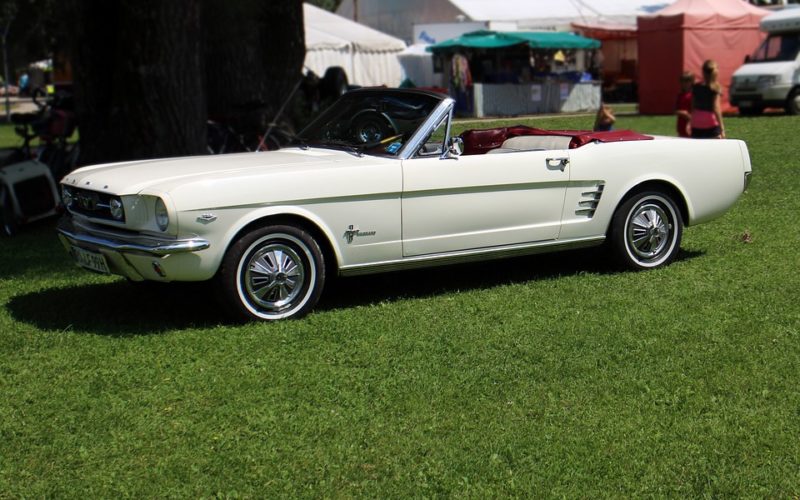The ability to communicate instantly through social media leads to the rise and fall of cultural icons on a regular basis. Few people have managed to isolate themselves from sites such as Twitter, Facebook and Instagram to name a few. Images are the basis of today’s cultural art. They are made quickly, posted online with a message and pass from person to person. They may last only a few days or weeks, but during that time they define the interest of people as a group. Few survive for very long, but some return time and again to interest and amuse the modern world.
Because the internet is so fast and pictures can be transmitted with words, there are few subjects that have not gone the rounds on social media. While most of these artistic jewels are immediately understood and appreciated, some are not. Whenever there is a disconnection between the artist and the culture, images do not get transmitted, shared or re-tweeted. They die a quick death in the world of cyberspace, never to return. Others capture the moment of a culture and inspire people to get glass decals or glass transfers printed and place them on a favorite coffee mug. This is considered an artistic success in the modern world.
The production of art has continued to accelerate as the world becomes more populated. Education in the arts has continued even when cancelled in public schools. Books are printed and videos are circulated to show people how to produce art. This has led to a culture where production of art, especially cultural art, has accelerated. Anyone with an observation to make on the current culture can find a way to produce it and share it electronically.
Cultural art is almost always transitory. Cultures change as the world advances and people learn a new style of living. Deep down, each culture has its traditions, but they can be modified by time. Within those traditions, people build new cultures on a regular basis or modify existing ones. Their art reflects this and cultural art shows the speed of that progression.

















